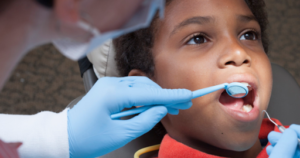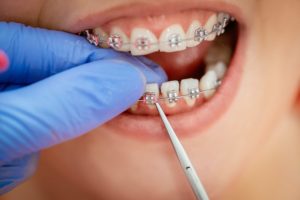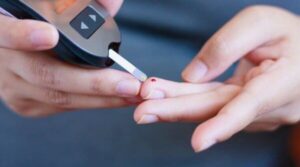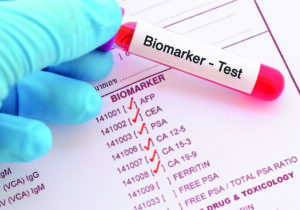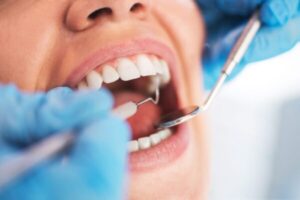How Technological Progress Has Changed Oral Health
3 min read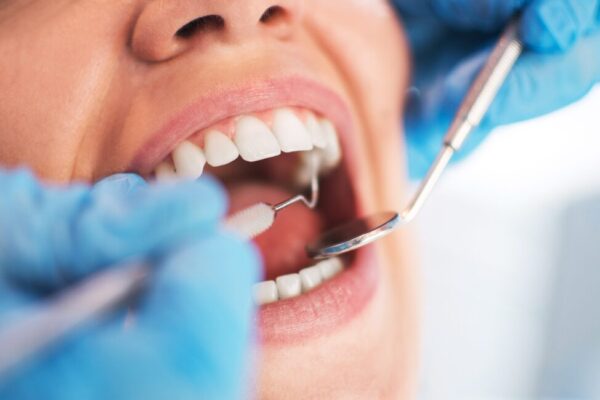
Oral Health
Recently, changes in technology have completely changed the field of dentistry, which has led to big gains in dental appliances. From tooth implants to orthodontic braces, these new technologies have changed how people care for their oral health by making treatments faster, more comfortable, and better looking.
Orthodontic Braces
For a long time, traditional metal braces have been the best way to straighten teeth and fix problems with the bite. But as technology has improved, more private and comfy options have emerged. Clear aligners, like Invisalign, use 3D images to make custom trays that can be removed and put back in. These trays slowly move teeth into the right place. Compared to standard braces, these aligners are almost invisible, giving patients more freedom and comfort.
Implants
Implants have become the best way to replace missing teeth because they are permanent and look like real teeth. Dental implants are much more likely to work and last longer thanks to improvements in implant design, materials, and imaging methods. Computer-aided design and production (CAD/CAM) technology makes it possible to plan and place implants precisely, giving patients the best function and appearance.
Oral appliances cleaners
One important new invention is the oral appliance cleaner, which is crucial for keeping dental equipment clean and lasting a long time. These cleaners are made to remove plaque, germs, and stains from a wide range of surfaces, such as orthodontic braces, dental implants, and sleep apnea devices. By using an oral appliance cleaner as part of their regular oral hygiene routine, patients can successfully avoid oral health problems and extend the life of their dental appliances, leading to better oral health.
Digital Impressions
Gone are the days when tooth impressions were made with putty-like materials that were messy and painful. Intraoral scanners and other digital impression tools have changed the way dentists take accurate impressions of their patient’s teeth and gums. Optical scanning technology in these handheld devices makes high-resolution 3D images, so standard impression trays are no longer needed. This makes the whole experience better for the patient.
Cone Beam Computed Tomography (CBCT)
This type of imaging gives dentists clear 3D pictures of the structures in the mouth and face, which helps them make accurate diagnoses and plan different dental treatments. When planning orthodontic treatment or implant placement, CBCT scans provide better visualization and accuracy, which leads to better treatment results and happier patients.
Digital Smile Design (DSD)
This brand-new idea crafts digital technology with artistic principles to create unique smile changes for each patient. Dentists can digitally simulate the result of cosmetic dental procedures using advanced software and imaging methods. This lets patients see what their new smile will look like before the treatment starts. This method puts the patient first, making it easier for the dentist and patient to talk to each other and ensure that results are predictable.
Sleep Apnea Devices
Continuous positive airway pressure (CPAP) machines have been the usual way to treat obstructive sleep apnea for a long time. However, a lot of people find CPAP treatment painful and don’t follow through with it. New technologies in dental sleep medicine have made it possible to make custom mouth appliances that treat sleep apnea by moving the jaw and tongue to keep the airway open while you sleep. These devices are more comfy, portable, and easy for patients to use, making them more likely to comply and improving their sleep quality.

